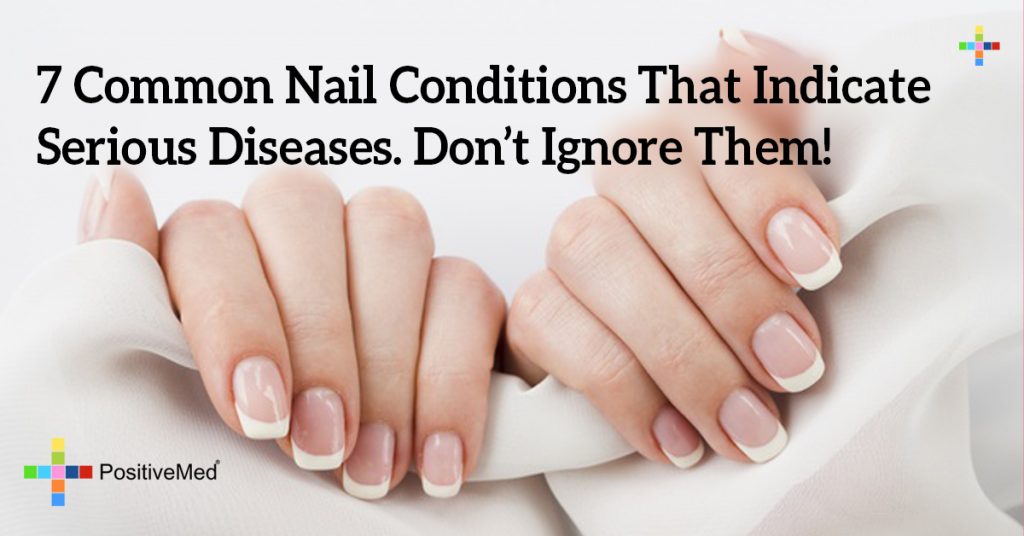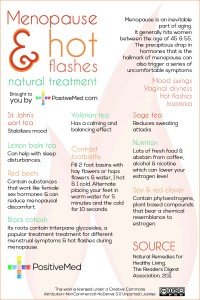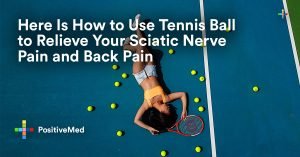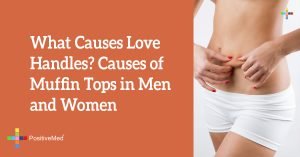
7 Common Nail Conditions That Indicate Serious Diseases. Don’t Ignore Them!
Nails tell more about a person than just their hygiene. In fact, one who doesn’t get enough micronutrients and macronutrients dermatological conditions . . . in skin and nails. Because most of the body’s nutrients are stored in the nails, certain nail conditions may indicate disease and other deficiencies.

Brittle Nails
Nails that become brittle are caused by either a lack of moisture or vitamin B. Biotin, a water-soluble B vitamin, helps most people who have this particular condition. The recommended dosage is to take “1 mg. biotin pills at least two or three times a day”. This regimen is said to work to its full potential in around six months. Those who are pregnant should not take it.
MORE ABOUT VITAMINS: What You Should Know About Vitamin B12 and Warning Signs Of Vitamin B12 Deficiency
Fragile Nails Bending Upwards
Nails that tend to curl upwards are a strong sign of iron deficiency. If iron deficiency is found to be the culprit, the person should take 325 mg. of iron sulfate three times a day. Iron-rich foods include “red meat, pork, poultry, seafood, beans, dark green vegetables, like spinach, dehydrated fruit, including raisins and apricots, iron-enriched cereals, pasta and bread, peas,” and much more.
Vertical Ridges
Unusual ridges on one’s nail may indicate vitamin or mineral deficiencies, malnutrition or some other type of illness, usually minor. For a cosmetic fix, one can sand down these ridges and then apply a transparent nail polish. Almond oil is one great alternative for smoothing out the sanded-down nails. Most importantly, conventional ridge fillers should be avoided at all costs, as they contain harmful synthetic chemicals, such as polyester resin.
RELATED ARTICLE: 15 Signs You May Have Iron Deficiency And What To Do About It
Horizontal Dents or Ridges
Nutrient deficiency, high fever, psoriasis and surgery trauma are all causes of these horizontal features. The best solution for this type of condition is to eat high levels of protein, no more than 55 grams a day. Vitamin A has also been found to help nails metabolize protein, so supplementing 10,000 IU of vitamin A is recommended as well.
Yellow Nails
Yellow nails are typically caused by a lack of vitamin E. A recommended dose of 400 IU vitamin E twice a day should make a noticeable improvement. Dieting is another great way to obtain this vitamin. Almonds, hazelnuts, and many other nuts are excellent sources of vitamin E.
Fungus
Those who live in humid climates are much more prone to this unfortunate nail condition. Fungus and other bacteria are thought to be the main culprits. Unfortunately, one’s fingernails are the perfect environment for fungus growth. Worse yet, parasitic diseases can grow in this area as well. Yellow or greenish looking nails are a tall-tell sign of fungus growth. Thankfully, there are great solutions to stop this condition altogether. Soaking one’s nails in an antibacterial solution of tea tree oil for at least 15 minutes a day will improve the condition greatly. Also, a dose of 200 mg. anti-fungal myrrh three times a day has been shown to be very helpful as well.
RELATED ARTICLE: 3 Natural Remedies to Combat Toenail Fungus
White Marks
Luckily, this symptom usually indicates minor, insignificant causes, including physical injury to the nail itself. However, zinc inadequacy can be another cause of this condition. In this case, one should take 50 mg. of zinc each day. Zinc can also be found in red meat, sesame seeds, pumpkin seeds, and peas. White spots the are caused by injury should go away as the nail grows.
For the most part, a lot of the causes of these seven nail conditions are pretty minor. However, one who experiences one or more of these nail conditions along with other unpleasant symptoms, such as shortness of breath and weariness, should definitely worry.





